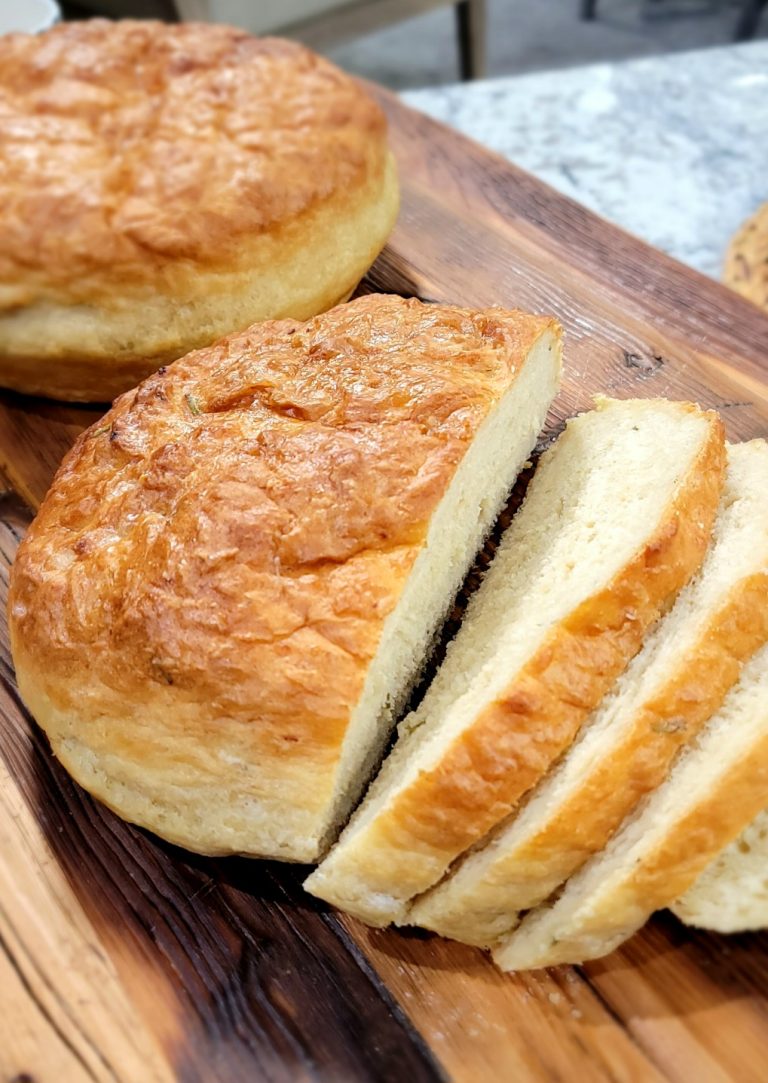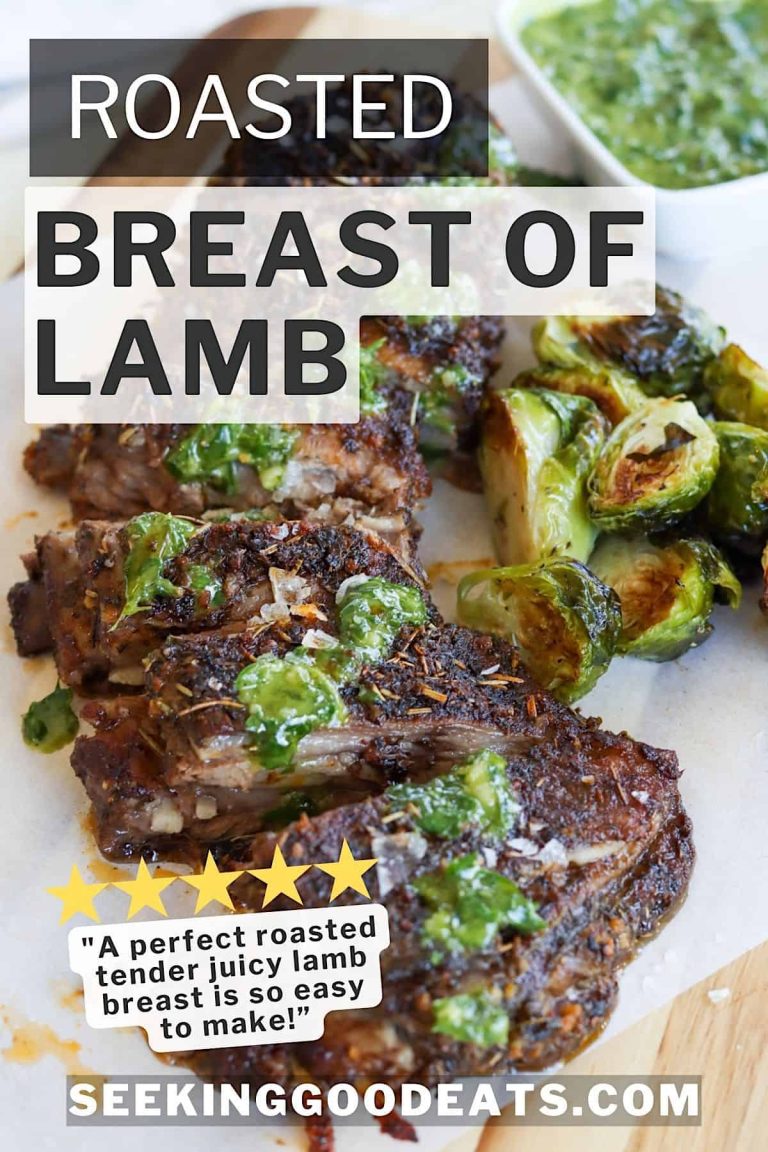Jasmine Rice: Origins, Health Benefits, and Perfect Pairings Explained
Jasmine rice, known for its aromatic fragrance and soft, sticky texture, frequently complements various Asian dishes. It’s different from regular long-grain rice due to its distinctive scent, which arises from the natural production of 2-acetyl-1-pyrroline within the grains. When cooked, jasmine rice displays a plush texture that enhances the complexity of meals, making it a favored choice in many culinary traditions.
Origin and Cultivation
Originating from Thailand, jasmine rice is primarily grown in the northeastern regions of the country, specifically in areas like Ubon Ratchathani and Surin. Thailand’s unique climate, characterized by warm temperatures and monsoon rains, creates an ideal environment for cultivating this fragrant variety. Farmers use irrigation practices and traditional methods to maintain the quality and authenticity of jasmine rice. Thailand exports millions of tons annually, solidifying its position as a global leader in jasmine rice production.
Characteristics of Jasmine Rice
Appearance and Texture
Jasmine rice features long, slender grains that turn soft and slightly sticky once cooked. The grains become translucent and fluffy, making it an ideal choice for a wide range of dishes. You can identify cooked jasmine rice by its glossy surface and delicate, moist texture. Known for retaining moisture, jasmine rice contributes to the texture of Asian dishes like Thai curries and stir-fries.
Flavor Profile
Jasmine rice stands out for its unique, aromatic flavor. The grains emit a sweet, floral scent due to 2-acetyl-1-pyrroline, the same compound found in pandan leaves and basmati rice. When you taste jasmine rice, you’ll notice a subtle nutty undertone that complements its aromatic quality. This distinct flavor profile pairs well with a variety of savory dishes, enhancing the overall dining experience.
Health Benefits of Jasmine Rice
Nutritional Value
Jasmine rice offers considerable nutritional value, providing essential nutrients. Each cup of cooked jasmine rice contains roughly 180 calories, predominantly from carbohydrates. It’s a good source of energy, supplying approximately 40 grams of carbs per serving. This variety of rice also includes small but significant amounts of protein, with each cup containing around 4 grams.
Jasmine rice is rich in essential vitamins like thiamine (B1), niacin (B3), and folate. Thiamine helps with carbohydrate metabolism, niacin aids in enzyme function, and folate supports cell division. Additionally, jasmine rice contains key minerals such as iron and selenium. Iron supports red blood cell production, while selenium acts as an antioxidant, protecting cells from damage.
Dietary Benefits
Incorporating jasmine rice into your diet offers several dietary benefits. It’s naturally gluten-free, making it an excellent choice for individuals with gluten sensitivity or Celiac disease. Jasmine rice can be part of a balanced diet, providing energy without gluten-related digestive issues.
Low in fat and sodium, jasmine rice helps maintain heart health. Consuming foods low in fat and sodium can reduce the risk of heart disease and hypertension. Jasmine rice’s moderate glycemic index makes it a better option for managing blood sugar levels compared to some other rice varieties, providing slow-releasing fuel for your body.
Because of its delicate aroma and flavor, jasmine rice pairs well with various dishes, facilitating a diverse diet. This diversity can enhance meal planning by incorporating nutritious ingredients without compromising taste or dietary preferences.
Cooking Jasmine Rice
Best Practices in Preparation
Cooking jasmine rice involves a few key steps to achieve the ideal texture and flavor. Rinse the rice under cold water until the water runs clear to remove excess starch and prevent clumping. Use a standard rice-to-water ratio of 1:1.5; for 1 cup of rice, add 1.5 cups of water. Employ a heavy-bottomed saucepan for even heat distribution, or use a rice cooker for convenience. Bring the water to a boil, then reduce the heat to low, cover, and simmer for 15-20 minutes. Let the rice sit covered for another 10 minutes after removing it from the heat to allow it to steam, then fluff with a fork before serving.
Common Recipes and Pairings
Jasmine rice complements various dishes, enhancing their flavors with its own fragrant aroma and soft texture. Pair it with Thai curries like green curry or massaman curry, which benefit from the rice’s ability to absorb rich, spicy sauces. Serve it alongside stir-fried dishes such as Pad Kra Pao or with steamed vegetables for a balanced, nutritious meal. For a simple yet flavorful side, mix cooked jasmine rice with garlic, cilantro, and lime juice. Use jasmine rice as a base for fried rice recipes, such as pineapple fried rice, to add a hint of sweetness.
Comparison With Other Rice Varieties
Jasmine Rice vs. Basmati Rice
Jasmine rice hails from Thailand, while Basmati rice originates from India and Pakistan. Both varieties possess distinct aromas, with Jasmine rice offering a sweet, floral scent and Basmati rice exhibiting a nutty fragrance. Their texture differs significantly; Jasmine rice is soft and slightly sticky when cooked, whereas Basmati rice remains firm and non-sticky, with longer grains.
Nutritionally, Jasmine rice contains thiamine, niacin, and folate, while Basmati rice offers high fiber content and lower glycemic index values. Jasmine rice pairs well with Thai curries and stir-fries, while Basmati complements Indian dishes like biryani and pilaf.
Other Popular Rice Types
Other popular rice types include Arborio, Brown, and Sushi rice.
- Arborio Rice: Short-grain Italian rice used in risotto. Its high starch content creates a creamy texture.
- Brown Rice: Whole grain with more nutrients and fiber than white rice. Its chewy texture and nutty flavor suit health-conscious diets.
- Sushi Rice: Japanese short-grain rice essential for sushi. It’s sticky and vinegar-seasoned.
Each rice type brings unique textures, flavors, and culinary uses, providing diverse options for varied dishes.
Conclusion
Exploring jasmine rice opens up a world of culinary possibilities. Its unique aroma and texture make it a standout choice for many dishes. Whether you’re looking to enhance a simple meal or create a complex recipe, jasmine rice offers the perfect balance of flavor and nutrition. Embrace its versatility and experiment with different rice varieties to elevate your cooking game.






